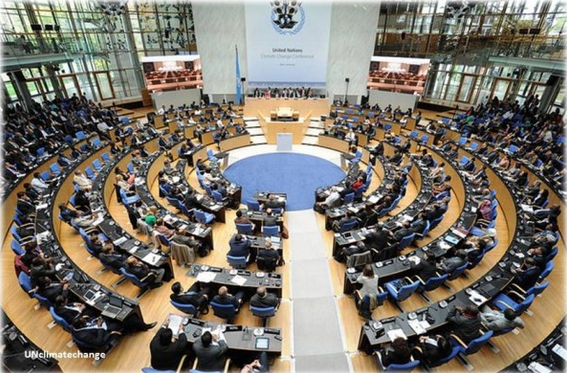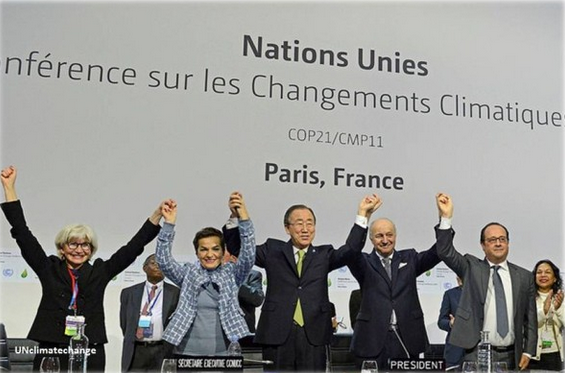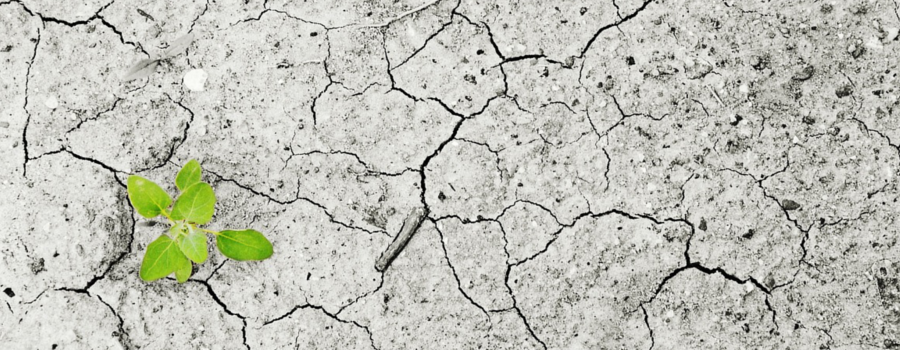“What is the weather like this weekend?”. We ask every week when Friday comes. “Sunny, but we can’t trust on weather” answers our colleague. “You’re right! It’s the climate change fault” both conclude.

In our previous posts, you have been able to know how CARTIF is working to help to mitigate climate change, through the development of new technologies and awareness. And let’s say that, if climate change is responsible even for our change of plans during the weekend, it’s time to know it a little better, to talk about when and by whom was discovered.
Eduard Punset has written an excellent introduction to this issue in his latest book and we have collected here an excerpt:
“The Nobel Prize in Chemistry 1995 was awarded jointly to Paul J. Crutzen (Dutch), Mario J. Molina (Mexican) and F. Sherwood Rowland (American), to warn the world of a thinning of the ozone layer surrounding the Earth, between twenty and fifty kilometers above our heads (…). They showed, to the disbelief of many people, that the Earth’s ozone layer was thinning in the region of the poles, especially in the South, over Antarctica, and the cause of this degradation was some gases that don’t exist in nature but, after their discovery, in the early twentieth century, were widely used in the industry as refrigerants and propellants (in aerosol). They are the chlorofluorocarbon gases, also commonly known as CFCs, included in many normal household items like in refrigerators, spray deodorants etc … What Nobel laureates discovered was that, despite being harmless to human health, these gases are so stable and stay in the atmosphere for very long times, long enough to reach the upper atmosphere, where UVB photons turn them into highly reactant catalysts. Ozone depletion is caused by the products of those processes” (extract from Carta a mis nietas: todo lo que he aprendido y me ha conmovido. Eduard Punset, 2015, published by Destino, in Spanish).
And although the alert came in 1974, yet it took a few years for society to become aware of the problem and to increase the knowledge about the possible greenhouse gases. Let’s look back to history.
It’s in Rio de Janeiro, in 1992, where countries joined an international treaty, the United Nations Framework Convention on Climate Change, a frame for international cooperation that outlines how specific international treaties may be negotiated to set binding limits on greenhouse gases.

Three years later, the first Conference of the Parties (COP1) was held in Berlin and in 1997, the Kyoto Protocol was adopted in Kyoto, in Japan, with the aim of providing policies and measuring plans for industrialized countries, to reduce emissions by 5 % in the period 2008-2012. In 1999, 84 Parties signed the Kyoto Protocol but to enter into force, the Protocol must be ratified, and this fact was a problem because there was no agreement on how to apply the rules. In 2001, George W. Bush announced that the United States of America was no longer intending to comply with the objectives set out in the Protocol and in 2005, it entered into force without the signature of USA and China, the world’s largest carbon polluters.
But it was necessary to keep on working and the COP15 arrived, in Copenhagen in 2009, a crucial event in the negotiating process, remembered as unsuccessful because it was closed with a minimal agreement that did not commit countries. It was in Doha, in 2012, where a new timetable to reach an effective universal climate agreement was set out, choosing 2015 as the deadline. And with this purpose, COP21 took place last December, in Paris, and it has been the first time that a legally binding and a universal agreement on climate have been achieved, with the aim of limiting their emissions.
“Never too late to do well”, says a Spanish proverb, so we are confident that a successful chapter has begun in climate change history. Let’s cross our fingers.
- When “green” doesn’t come from doing an LCA, but only from a Pantone® colour - 1 August 2025
- Jeff Bezos reminded me of the importance of the carbon footprint - 17 September 2021
- Creating more liveable cities using nature - 13 September 2018
